Click on the link below to listen to my 2 min. Garden Bite radio show: The beasts are back – Japanese beetles return (and some good news)
The beasts are back. I found my first Japanese beetles on my native Leadplant. Grabbed him, squished him. Then I wandered over to my roses and found 2 more. Two days later, there were 10 of them munching on the last of the roses on my ‘Music Box’ rose.
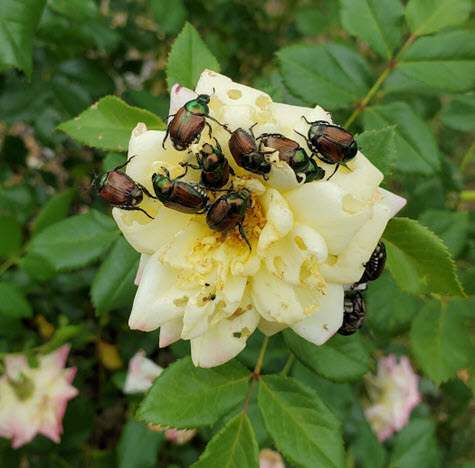
I’ve armed up with my bucket of soapy water.
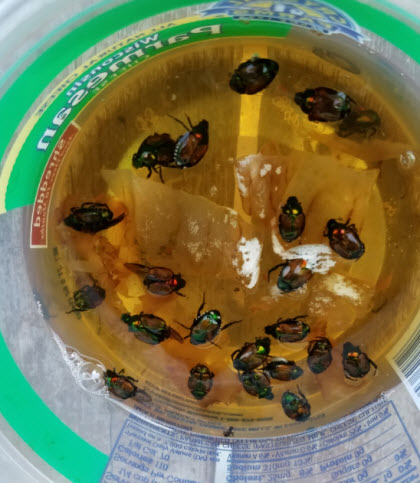
Japanese beetles feed on the leaves, flowers or fruit of more than 350 species of plants. Great! JB were first discovered in Minnesota in 1968 and before that in parts of Wisconsin. From a few to millions, they have stuck around in zones 4 and warmer. While their numbers fluctuate each year, they’re still an issue.
The adults feed on flowers and foliage, the grubs feed on turf and ornamental roots.
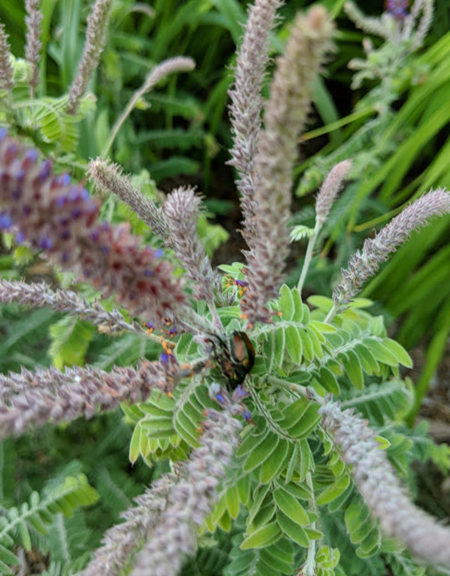
Japanese beetles were first found in the United States in 1916, after being accidentally introduced into New Jersey. Until that time, this insect was known to occur only in Japan where it is not a major pest.
While my soapy water in the evening method is okay, if you’re gone for a few days, your plants could be skeletonized.
Note, chemical methods also kill good bugs. Here is more from the University of Minnesota, which says the best time to apply insecticides for grubs is from mid-July until early September. Granular applied insecticides distributed on soil with a spreader are usually the best insecticides for JB.
NOW for the good news!!! This from Mary Schier of Northern Gardener magazine…
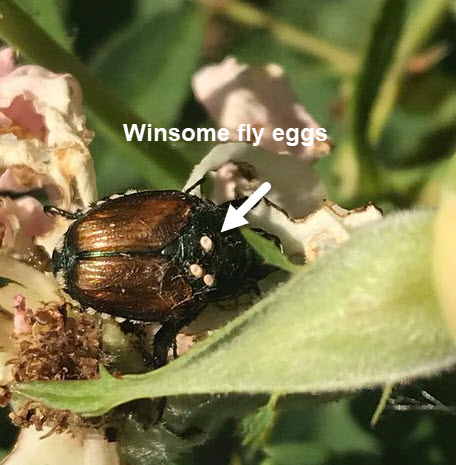
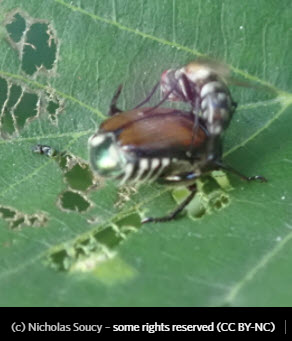
These are Mary’s words on the post she wrote:
